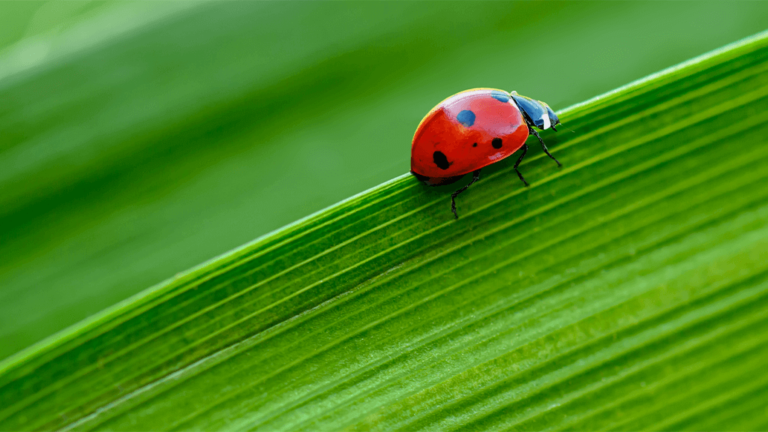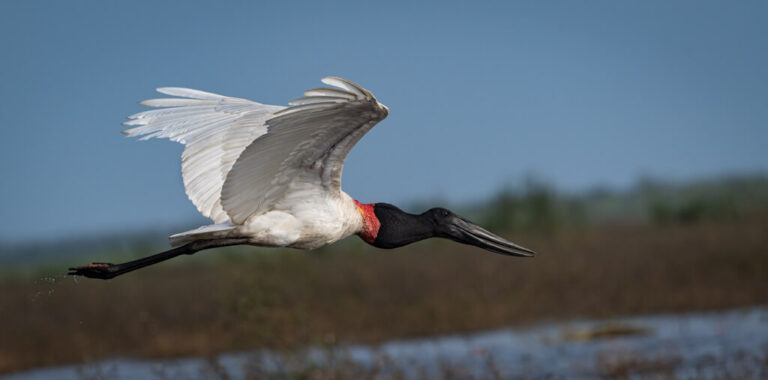Zebu: A Comprehensive Guide
Zebu cattle, scientifically known as Bos taurus indicus, are an essential breed of domesticated cattle that thrive in tropical and subtropical climates. Distinguished by their prominent humps, large dewlaps, and resilience to heat, Zebus have adapted remarkably well to various environments across South Asia, Africa, and beyond. They are integral to agricultural systems, providing milk and meat and serving as draft animals in farming practices.
With a rich evolutionary history dating back thousands of years, Zebus holds cultural significance in many societies, especially in India, where they are revered in Hindu culture. This article explores their unique characteristics, habitat, behavior, and vital relationship with humans.
Contents
Scientific Classification

Zebu, scientifically known as Bos taurus indicus, is a type of domestic cattle originating in South Asia. Zebus belong to the Bovidae family and are distinguished from their close relatives, the Bos taurus taurus (European cattle), by their prominent hump over the shoulders. This species has undergone significant evolutionary adaptations, making them distinct from other cattle breeds.
Classification:
- Kingdom: Animalia
- Phylum: Chordata
- Class: Mammalia
- Order: Artiodactyla
- Family: Bovidae
- Genus: Bos
- Species: Bos taurus
- Subspecies: Bos taurus indicus
Physical Characteristics
Zebu cattle are easily identifiable due to their characteristic hump, large dewlaps, and relatively short stature compared to other cattle breeds. Their horns vary in shape and size, often curving upwards. Depending on the breed, Zebu coats can be white, gray, or reddish.
Key traits:
- Size: Zebu can weigh between 300 to 1,600 kg, with males being larger.
- Hump: The fatty hump on their shoulders is a hallmark trait.
- Skin and Coat: They have loose skin, which aids in thermoregulation, and a short, sleek coat to endure tropical climates.
- Tail: Zebu tails are long and often have a tuft at the end.
Habitat
Zebu cattle are native to tropical regions, thriving in areas with hot and humid climates. They are primarily found in South Asia but have spread to Africa, South America, and Southeast Asia due to their adaptability to various environments. Zebu’s ability to endure high temperatures and their resistance to pests and diseases make them well-suited for such climates.
Behavior and Social Structure
Zebus are known for their calm and docile nature. They are social animals, typically living in herds. A dominant male often leads within these herds, while females and younger animals make up the majority. Zebus exhibit strong mother-offspring bonds, and cows are protective of their calves.
Diet
Zebus are herbivorous, primarily grazing on grasses. In domesticated settings, they are often fed on dry fodder, grains like sorghum, barley, and millet, and are supplemented with mineral-rich feed for better health. They are also known to adapt to poor-quality vegetation, making them resilient in harsh environments.
Reproduction and Life Cycle
Zebu cattle follow a similar reproductive pattern to other bovines. Females reach sexual maturity by 1.5 to 2 years and can calve every year under good conditions. The gestation period lasts about 285 days; typically, one calf is born. The calves stay with their mothers until weaning at about 6-8 months of age. Zebus have a lifespan of 15-20 years.
Predators and Threats
Zebu cattle in the wild or free-ranging herds risk predation from large carnivores, including lions, leopards, and other big cats in regions like Africa. In more domesticated settings, their main threats come from diseases, parasites, and human exploitation.
Conservation Status
Zebu cattle are not considered endangered due to their extensive domestication and adaptability. However, due to crossbreeding, particular breeds of Zebu may face challenges related to genetic purity. Conservation efforts in some regions focus on maintaining purebred lines of specific Zebu varieties.
Relationship with Humans
Zebu cattle have been integral to human societies, especially in tropical and subtropical regions. Their uses range from milk and meat production to draft animals in agriculture. Due to their endurance in hot climates, Zebu cattle are often preferred over European cattle in countries like India, Brazil, and many parts of Africa.
In India, Zebus are often revered in Hindu culture and are protected from slaughter. Their contribution to sustainable agriculture, especially in less developed regions, makes them an essential livestock species.
Evolutionary History and Interesting Facts
Zebu cattle evolved from Bos primigenius namadicus, a now-extinct wild ancestor. They are one of the earliest domesticated animals, with evidence of Zebu-like cattle dating back to 2000 BCE. Interestingly, Zebu cattle played a significant role in developing the Brahman breed in the United States, now a prominent cattle breed in tropical regions.
Interesting Facts:
- Zebus are highly resistant to rinderpest and trypanosomiasis, which affect other cattle.
- Zebu breeds are used in crossbreeding programs to improve the resilience of other cattle breeds.
- In Brazil, Zebu cattle account for a significant portion of the beef industry due to their adaptation to the tropical climate.
Conclusion
Zebu cattle are a remarkable species, adapted to thrive in some of the harshest environments on Earth. Their significance to agriculture, particularly in tropical regions, cannot be overstated. From their evolutionary history to their role in modern farming, Zebus remains vital to human society, particularly in regions more resistant to disease and environmental stressors than their European counterparts.
- Golden Retriever Pros and Cons: What Every Pet Parent Should Know - 15 September 2025
- Cane Corso Dog Breed: Health, Care, and Lifespan - 14 September 2025
- Catahoula Leopard Dogs: Description, Temperament, Lifespan, & Facts - 21 July 2025







